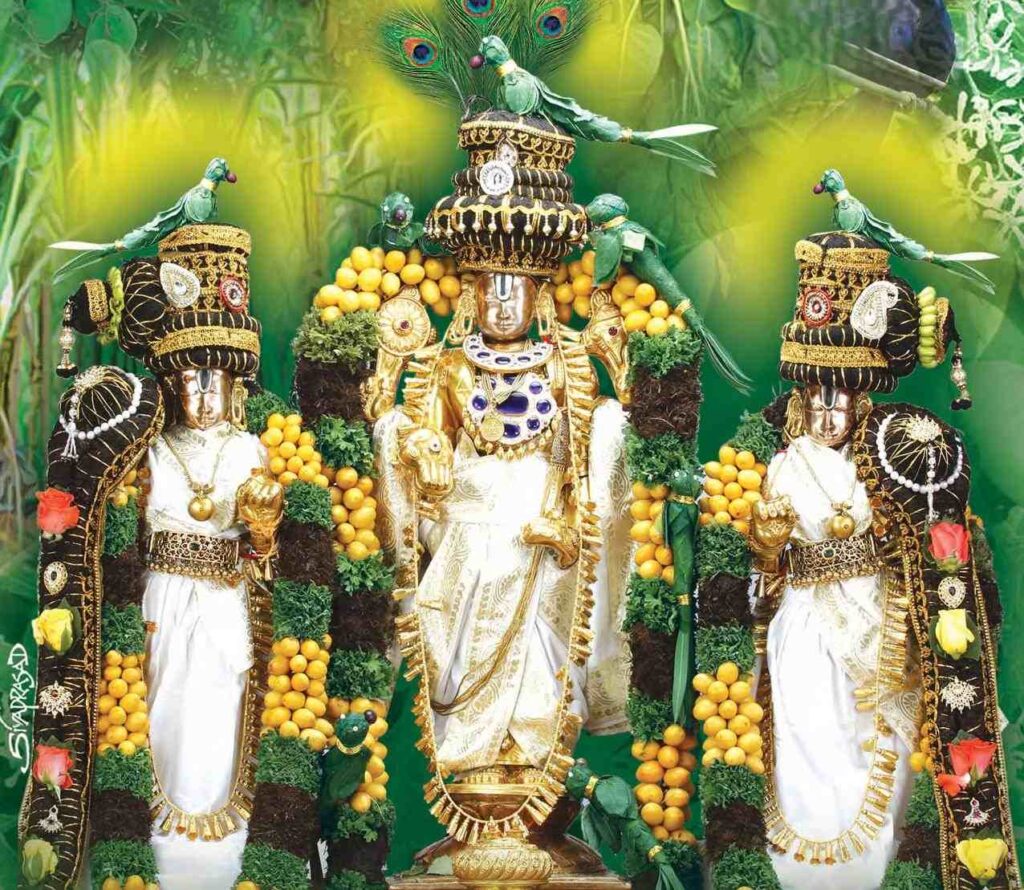Explaining Sri Venkateswara Prapatti Sri Venkatesa is the Ultimate God of this age of Kali. He is worshipped today by all, irrespective of caste, creed or sex. There is no place, that equals Tirumala Hills, and no God is matching Sri Venkatesa. The day starts with the ‘Suprabhatam’ at the temple. The Suprabhatam is comprised Read More
Tag: Sri Venkateswara Stotram
Sri Venkateswara Stotram is a magnificent prayer of the highest potency and it can be uttered always.
Sri Venkateswara Stotram
After waking up the Lord’s Chaitanya through the Suprabhatam hymns, the devotee sings of His glory describing His auspicious qualities and voicing forth the success that is always His. It is of the greatest importance that the Lord’s attributes are extolled; for only then they will come into play for succour in all the aspects Read More

